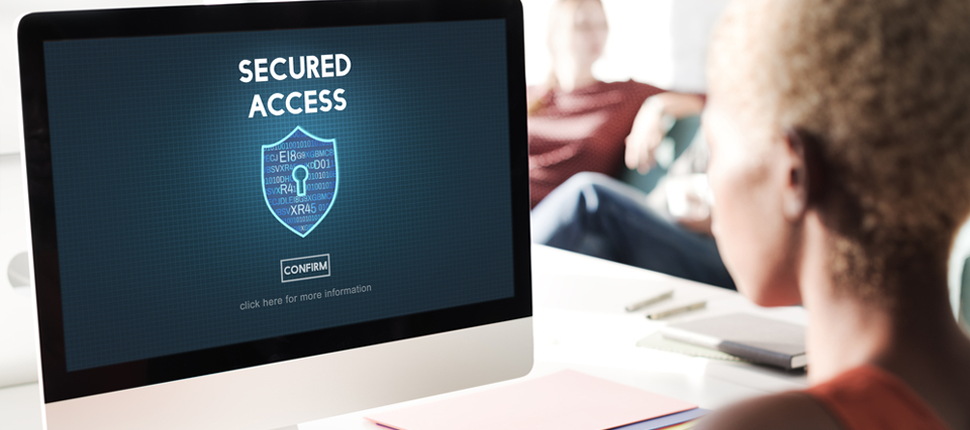The Common Sense Approach to Securing Your PC: Five Things You Must Do to Keep It Secure

We can debate about how uncommon common sense is until the cows come home, but what is not up for debate is that you need to use a lot of common sense to protect your PC from cyberattacks. The foundation of PC security rests with making the right decisions. With attacks growing smarter and more advanced, bolstering your PC security is the need of the hour. You must also understand that attackers see your PC as a low hanging fruit, just waiting to be plucked and eaten. So being lax about securing your PC is not an option.
Here are five things you must do to keep your PC secure:
1. Don’t fall prey to phishing
According to the FBI’s 2019 Internet Crime Report, phishing was the most prevalent crime type last year. One of the reasons why people continue to fall prey to phishing is their inability to identify a phishing email. One of the tell-tale signs of a phishing email is the domain. Phishing messages are typically sent from a public email or use a misspelled domain name that mimics the domain of a reputable company. Most phishing emails are badly written and contain a lot of links and attachments. The core objective of these emails is to convince you to click on these links or download the infected attachment on your PC, which can result in advanced attacks like ransomware.
But phishing attacks are evolving all the time, and common identification tells no longer apply. So, here’s what you should do. Go through the email with a fine toothcomb, and look for phishing signs. Ask yourself – why are you receiving this mail? Is there something about the email that seems off? If you even have a shred of doubt, don’t click on the link/download any attachment.
2. Don’t surf sites you shouldn’t
Make the right website surfing decisions. There are certain sites that are the hub of malware. When you visit such sites, your PC is fair game for malware installation. So, the question is: how do you identify a malicious website? Again, we are looking for tell-tale signs. Don’t click on just any link. If you do, the site you will end up at could be malicious. Through the normal course of browsing, if you access a website, and it asks for personal information it has no business asking for, close the site immediately. Also, if the URL doesn’t begin with HTTPS or doesn’t have a preceding lock icon, there is a chance that the site is unsafe and has been specially created to be a part of a phishing attack.
3. Educate your children
No, it’s not about adopting the Big Brother approach. Rather, ensure your children are safe and secure when they are online. Make sure they don’t unintentionally access sites they shouldn’t or see harmful content and download files. You also don’t want them falling prey to online predators, cyber bullies and the like. You can’t look over their shoulder every time they surf the net. So, what do you do? You can educate them about the dangers lurking online. Teach them to avoid websites with harmful content. And lastly, obey the rule of thumb: do not share personal details online.
4. Install comprehensive and advanced antivirus protection
This seems to be the most sensible action to take, doesn’t it? It does, and it is. But here’s the catch. Don’t just install any antivirus solution. Search for an antivirus solution that is easy to use. But also find one that offers comprehensive features that allow you to take better control of your PC and implement security protocols. This helps protect your family when they are surfing the web. It should be able to protect your PC from advanced viruses, malware, exploits, and ransomware attacks with advanced technology. Look for features like parental web filtering, web security, identity protection, and privacy protection to ensure the antivirus is plugging all the security gaps.
5. Download patches
Implicitly trusting all the software on your PC that you use regularly is a bad idea. There are vulnerabilities hiding in much of this software, and cybercriminals are constantly searching for those weak points. If they find them, they exploit these vulnerabilities to infect your PC. With vulnerabilities, it is always a race against time, as the makers of the software scramble to push out patches and cybercriminals create zero-day attacks that exploit this vulnerability before a patch is made available. Your job as a PC owner is to download the patch when it is made available and keep your software up to date at all times.
Often, you will never realize you have put your PC at risk – and by association, yourself – until it is too late. The idea behind sharing these tips is to make sure you are able to do the bare minimum required to keep your PC safe.